Regularly engaging in leg workouts is an excellent way to build strength, endurance, and overall fitness. However, to reap the full benefits and prevent injuries, it's crucial to prioritize proper recovery. After intense leg workouts, your muscles need time to repair and regenerate. In this blog post, we will explore five essential tips to enhance your leg workout recovery and get you back in the gym feeling stronger than ever.
-
Prioritize Rest and Sleep: One of the most overlooked aspects of recovery is adequate rest and sleep. When you work your leg muscles intensely, they experience micro-tears that need time to heal. Make sure to schedule rest days between leg workouts to allow your muscles ample time to recover. Additionally, aim for 7-9 hours of quality sleep each night. Sleep is when your body repairs and rebuilds muscle tissue, allowing you to wake up feeling refreshed and ready to tackle your next workout.
-
Embrace Active Recovery: While rest days are crucial, active recovery can also play a significant role in enhancing leg workout recovery. Engaging in low-impact activities such as walking, swimming, or cycling can increase blood flow to the muscles, promoting nutrient delivery and waste removal. Active recovery helps reduce muscle soreness and stiffness, allowing for faster recovery. Incorporate light, non-strenuous exercises into your routine on rest days to keep your legs moving without overexerting them.
-
Optimize Your Nutrition: Proper nutrition is essential for muscle recovery and growth. After a leg workout, make sure to refuel your body with a balanced meal that includes lean protein, complex carbohydrates, and healthy fats. Protein is particularly important as it aids in muscle repair and synthesis. Consider incorporating foods like lean meats, eggs, legumes, and dairy products into your post-workout meals. Additionally, stay well-hydrated throughout the day to support optimal muscle function and recovery.
-
Incorporate Stretching and Mobility Exercises: Stretching and mobility exercises are valuable tools for preventing muscle imbalances, enhancing flexibility, and improving recovery. After your leg workout, spend some time performing dynamic stretches and mobility exercises that target the muscles worked. This will help reduce muscle tightness, improve range of motion, and promote blood flow to the area. Additionally, consider including activities such as yoga or Pilates in your routine to further enhance your flexibility and promote overall muscle recovery.
-
Deep Tissue Massage with a High-Quality Foam Roller: A high-quality foam roller can be an excellent addition to your leg workout recovery routine. Foam rolling, also known as self-myofascial release, helps release muscle tension, break up knots, and improve blood circulation. It provides a deep tissue massage-like effect, aiding in muscle recovery and reducing soreness. Invest in a dense foam roller and roll slowly over your leg muscles, focusing on any tight or tender areas. Perform this routine regularly, especially after intense leg workouts, to alleviate muscle tightness and promote optimal recovery.










Leave a comment
This site is protected by hCaptcha and the hCaptcha Privacy Policy and Terms of Service apply.